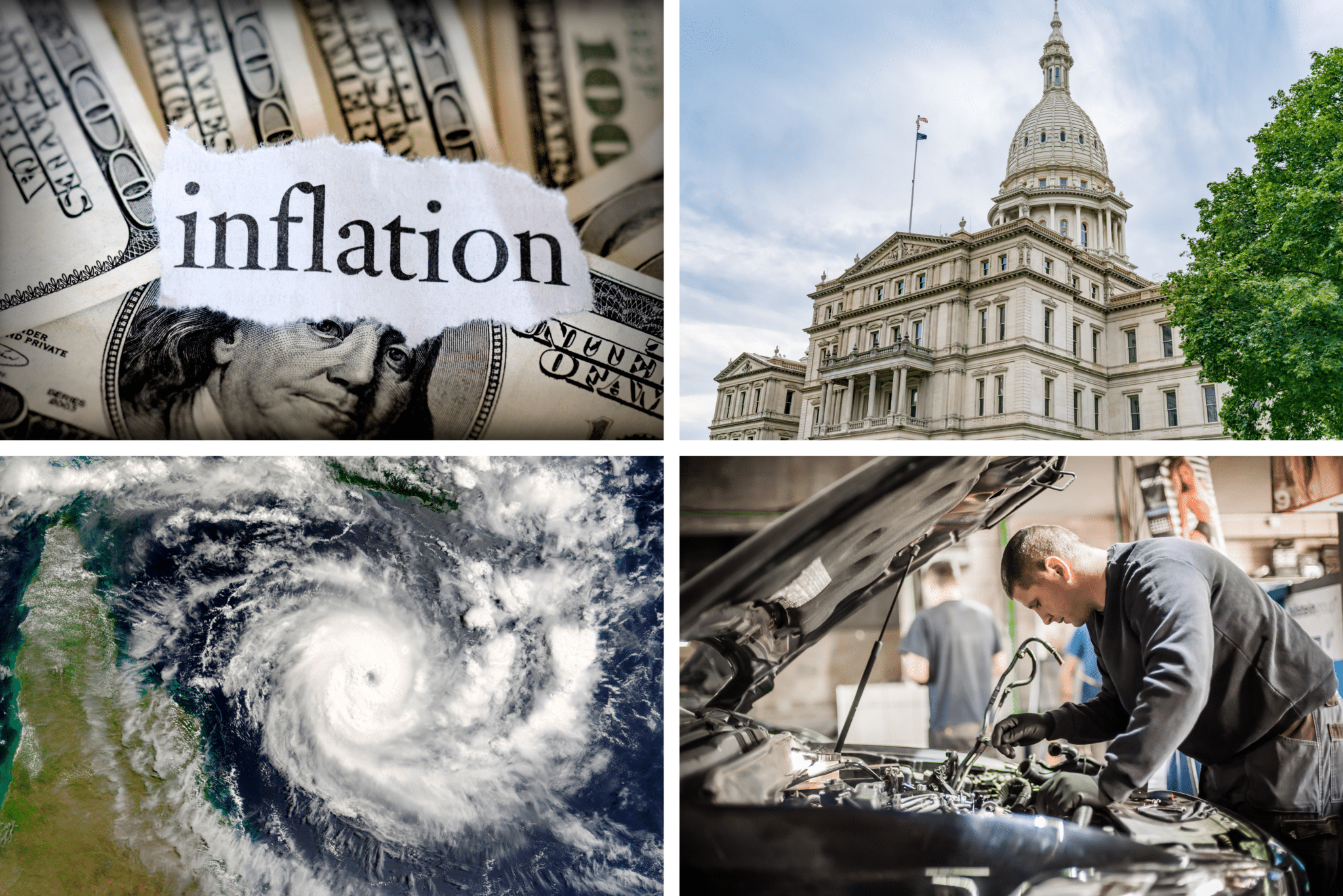Homeowners and drivers alike have been experiencing a noticeable pinch in their pockets as premiums for home and auto insurance policies continue to soar. Many factors have contributed to this surge, creating a perfect storm that has left consumers grappling with higher costs. In this blog post, we’ll delve into the key factors behind the increase in home and auto insurance premiums and explore how they are reshaping the landscape of the insurance industry.
Watch Our Summary Video
Our video provides a concise summary of the key factors driving the rise in home and auto insurance premiums. If you’re looking for more in-depth insights and details, continue reading our comprehensive blog post.
1. The Ripple Effect of Inflation
One of the primary drivers behind the spike in insurance premiums is the ripple effect of last year’s hot inflation. Inflation has impacted various sectors, leading to higher costs for homes, cars, and repairs. Insurance companies, in turn, are passing on these increased costs to their customers through higher premiums. From building materials to labor, the inflationary pressures have created a domino effect that is felt by policyholders.
2. Regulatory Hurdles in Rate Adjustments
While the impact of inflation has been evident across the board, insurance companies face unique challenges when it comes to adjusting their rates. Unlike other industries, insurance companies typically require approval from state regulators before implementing rate hikes. The bureaucratic process can be time-consuming and, in some cases, leaves insurance companies playing catch-up with rising costs. This lag in rate adjustments exacerbates the financial strain on policyholders.
3. Weather Changes and Surge in Natural Disasters
A less visible but equally significant factor contributing to the increase in insurance premiums is weather and natural disasters. The world is witnessing a rise in the frequency and severity of hurricanes, wildfires, hail, floods, and tornadoes. In 2023, billion-dollar disasters in the United States alone comprised of 18 severe storms, two floods, one tropical storm cyclone, one winter storm and one wildfire. In addition to the monetary losses, these events resulted in 253 direct and indirect fatalities. These catastrophic events not only lead to a surge in insurance claims but also prompted insurance companies to reassess and recalibrate their risk models. As the risk landscape evolves, insurance companies are compelled to adjust their premiums to account for the growing threat posed by weather-related disasters.
The total cost of the 23 natural disasters in 2023 exceeded $57.6 billion, according to NOAA.
4. Technological Advances and the Complexity of Car Repairs
In the realm of auto insurance, cars have become increasingly complex to repair for a variety of reasons. A labor shortage in the automotive industry has driven up prices charged by repair shops, adding an additional layer to the overall cost of claims. Additionally, modern cars are equipped with an array of safety devices, including collision avoidance sensors and multiple airbags, making them safer on the road. However, the downside is that these sophisticated features also contribute to higher repair costs when accidents occur.
Conclusion
The rise in home and auto insurance costs is influenced by various factors like the economy, rules and regulations, changing weather patterns, and advancements in car technology. While you may feel the immediate financial burden, it’s important to recognize that insurance companies are navigating a challenging environment where they must strike a delicate balance between staying financially stable and providing affordable coverage. Proactive measures and custom-tailored solutions from Van Wyk will be key to addressing these challenges all while safeguarding your family and insurance risks.
Please feel free to reach out with any questions, and be sure to like us on Facebook and follow us on LinkedIn for more news and industry tips.

